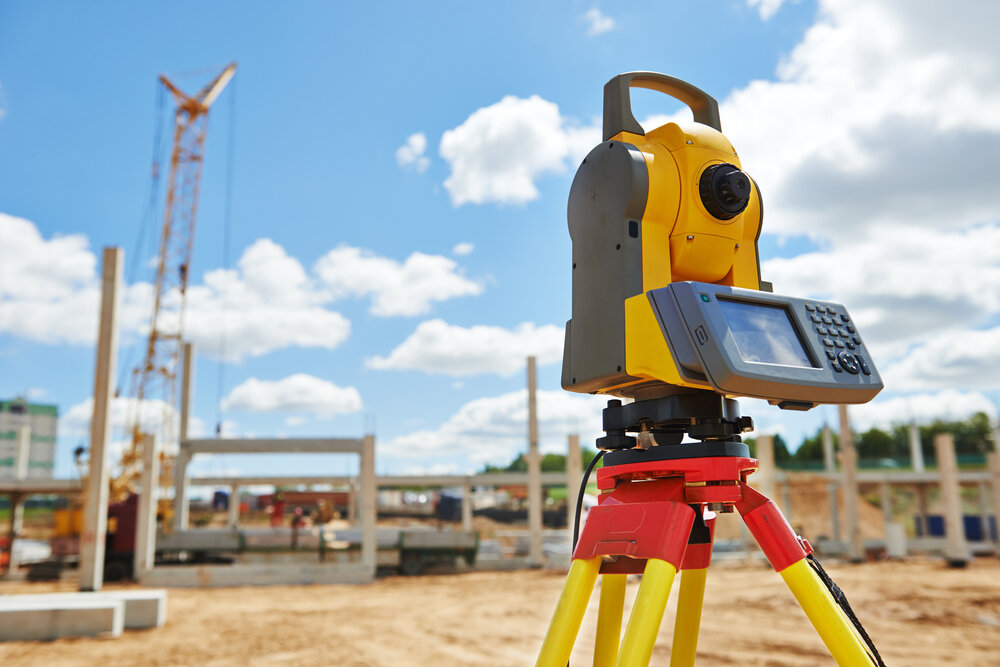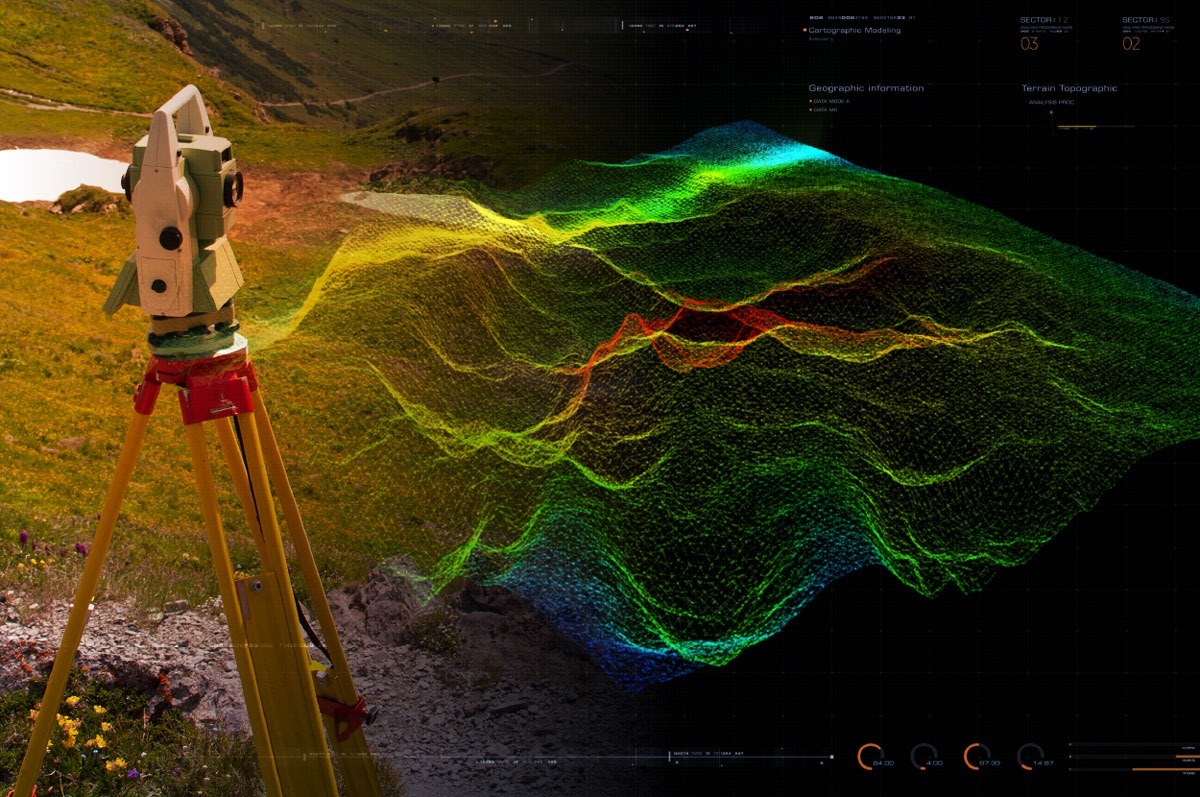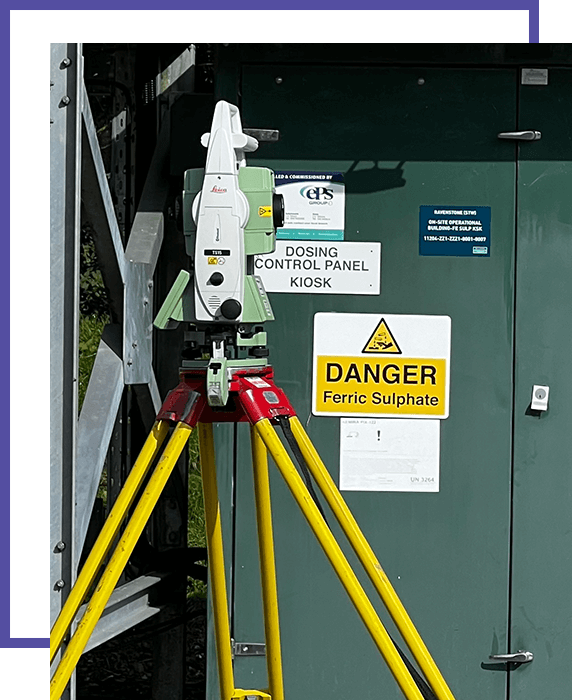Vital Devices and Strategies in Establishing Out Engineering
The technique of establishing out engineering relies heavily on a suite of crucial tools and techniques that underpin the accuracy and effectiveness of job implementation. What effects does this hold for future design practices?
The Significance of Accurate Measurements

The relevance of exact measurements extends past simple conformity; they are indispensable to the total efficiency of engineering procedures. Errors can result in material waste, project delays, and boosted labor prices, ultimately impacting the project's profits. Furthermore, accurate dimensions enhance the quality of the final item, ensuring that it does as planned and satisfies the assumptions of stakeholders - setting out engineering.
Additionally, the value of exact dimensions is evident in different design techniques, consisting of civil, mechanical, and electrical engineering. Thus, cultivating a society that focuses on precision is essential for the future of design.
Vital Devices for Establishing Out
Laying out, a vital stage in the design and building and construction procedure, depends heavily on particular tools that guarantee precise location and alignment of structures. Amongst these devices, the property surveyor's degree attracts attention, offering accurate horizontal measurements vital for establishing recommendation factors. This tool enables designers to identify altitude changes and keep harmony throughout the task site.
The total station is one more vital device, incorporating electronic distance dimension with angular measurement capabilities. This innovation improves efficiency and accuracy in catching spatial data, permitting effective website layout and planning.
In addition, making use of measuring tapes and noting tools, such as chalk lines or risks, is fundamental for temporarily marking borders and important factors on the website. These standard tools, though simple, are important for ensuring clear communication among the building team concerning project specifications.
Lastly, GPS innovation has obtained traction in laying out procedures, providing real-time positioning information and significantly improving precision over standard techniques. Jointly, these essential devices create the foundation of effective laying out methods, eventually contributing to the effective execution of engineering and construction jobs.
Advanced Checking Strategies
Advanced surveying strategies play a pivotal duty in enhancing the precision and efficiency of engineering projects. These techniques include a range of methods that offer precise data for design and building. Traditional methods, such as leveling and triangulation, have actually evolved into a lot more advanced strategies, including Complete Terminal surveys and Global Navigation Satellite Solution (GNSS)
Overall Station gadgets incorporate electronic theodolites with distance measurement capacities, permitting surveyors to accumulate accurate area information with great speed. This technology considerably lowers mistakes connected with hands-on measurements and offers real-time information processing. GNSS provides exceptional accuracy for large projects by making use of satellite signals to identify specific positioning, which is vital for guaranteeing and straightening frameworks conformity with style specs.
Along with these devices, progressed strategies additionally incorporate geospatial evaluation and 3D modeling. look at this now These approaches enable engineers to envision surface and website conditions better, facilitating far better decision-making during the preparation phase. By using these innovative checking techniques, design projects can achieve higher accuracy in format, decrease rework, and eventually enhance total task success.
Digital Innovation in Engineering
The integration of digital modern technology has actually changed design techniques, boosting both efficiency and precision across various disciplines. Devices such as Building Details Modeling (BIM) facilitate the visualization and administration of complicated projects, allowing engineers to collaborate seamlessly and make pop over to this site educated decisions. This technology enables the development of in-depth 3D models, which can be examined for structural integrity and effectiveness prior to building and construction begins.

The application of synthetic intelligence and artificial intelligence in engineering processes further boosts anticipating maintenance and optimization of sources. These innovations allow the evaluation of huge data collections, leading to better forecasting and boosted job outcomes. Generally, electronic technology is improving the design landscape, driving development, and ensuring that jobs are completed with better efficiency and lowered danger. As the industry remains to advance, welcoming these tools will be important for future success.
Best Practices for Execution
When implementing digital modern technology in design, it is important to establish a tactical method that aligns with job goals and business abilities. A detailed analysis of existing workflows and innovation infrastructure is vital to recognize voids and chances for enhancement. Engaging stakeholders early at the same time promotes cooperation and ensures that the technology satisfies customer needs.

Job supervisors should embrace an iterative execution technique, permitting for changes based on real-time comments and efficiency examinations. This dexterous method not only reduces risks but additionally advertises constant improvement by incorporating lessons learned.
Verdict
Finally, the assimilation of necessary devices and advanced techniques in setting out engineering is essential for making sure accuracy in measurements and successful task implementation. Utilizing tools such as surveyor's levels, overall terminals, and GPS technology, along with contemporary surveying techniques, enhances accuracy and minimizes the possibility of errors. Taking on finest practices in execution further enhances these processes, ultimately fostering enhanced project outcomes in the design and building and construction markets.
The self-control of establishing out design depends heavily on a collection of important tools and strategies that underpin the accuracy and effectiveness of task implementation.Additionally, the importance of exact dimensions is evident in numerous engineering disciplines, consisting original site of civil, mechanical, and electrical design. By employing these innovative checking techniques, design projects can attain higher accuracy in design, reduce rework, and eventually improve total project success.
Overall, electronic innovation is reshaping the design landscape, driving innovation, and guaranteeing that projects are finished with better efficiency and lowered risk (setting out engineering).In verdict, the integration of crucial tools and progressed techniques in setting out design is important for making certain precision in measurements and effective project execution